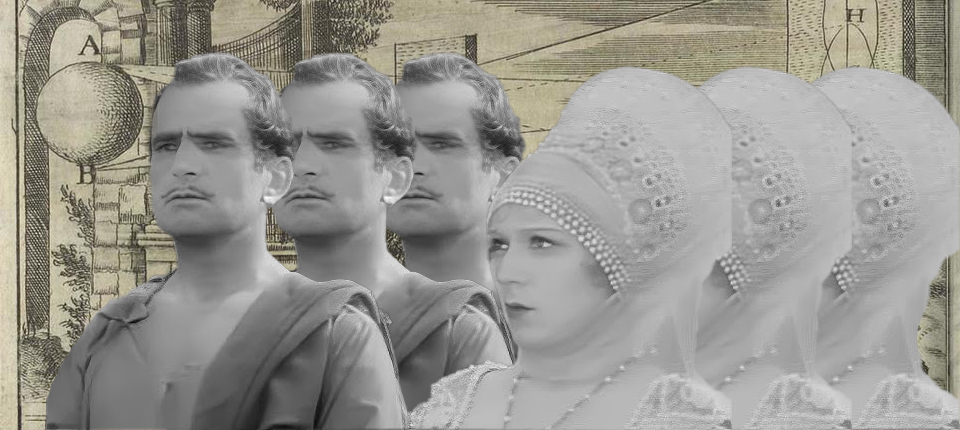This book begins with the lecture that John Berger gave to mark the millennium at the Royal College of General Practitioners. He was there on Iona Heath’s invitation – Heath was then a GP in Kentish Town, north London, and would go on to become president of the college. This lecture, in which Berger, “built like a bull, romantic, bohemian even in his open-necked shirt”, roamed the stage with no notes, only “open books and papers, which he picked up, examined as though he was somewhat puzzled to find them there at all”, offered “no title, no tidy shape, no neat thesis and antithesis, no linear argument”. Marshall Marinker, writing in the British Journal of General Practice, summarized it as “a rapturous celebration of our deepest virtues” and the “essence of general practice”: “continuities, intimacy, surprise”.
“This was the beginning”, Heath writes, “of a correspondence and a friendship which became another of the treasures of my life”: some 150 letters between 2001 and Berger’s death in 2017. She fêtes him as a “vivant-voyant”, a rare person who knows how to both truly live and truly see. The term is borrowed from the philosopher Gilles Deleuze’s description of Michel Foucault and Baruch Spinoza, thinkers who span at-times-competing epistemologies, science and literature, the imaginary and the empirical.
Heath’s love of Berger began before their meeting, when she read his book A Fortunate Man (1967), in which he described the work of general practice as “no more and no less than easing – and occasionally saving – the lives of a few thousand of our contemporaries”. Heath describes it as “caring for patients within their own communities, families, and homes, and wearing their own clothes”. The subsequent chapters are a feat of commonplacing, quoting extensively from Berger’s work and Heath’s correspondence with him. They are titled, in headings rich with overlap, “Looking”, “Seeing”, “Connecting”, “Violence”, “Justice and Solidarity”, “Death”, “Angels” and so on.
In her closing pages Heath acknowledges her air of “quote and dote”, but what truly comes through is a poignant recognition of (and gratitude for) Berger’s intellectual generosity. The way we can best acknowledge the gift of Berger – his writing, his thinking, the fact that he lived at all – is, she says, to pay this level of loving attention to his work and bring it to bear on our own.
My critique of this book is that I wish Heath had allowed herself to hit her own stride: the moments between excerpts from Berger were too brief, bordering on under-developed. As such this book is thin, a series of quotations strung together with malnourished connective tissue. Heath’s lyricism, her compassion and meticulousness, can be seen in the sinews, but not enough, not as much as I wanted. The bones are here for a rousing, beautiful book about medicine, about community, about continuity of care in corroded vocations (the doctor, the critic, the teacher), informed by art, philosophy and luminaries great and small. I hope we see it someday soon.
The post Looking, seeing, living appeared first on TLS.

 By Times Literary Supplement | Created at 2024-10-29 21:41:39 | Updated at 2024-10-30 09:26:33
6 days ago
By Times Literary Supplement | Created at 2024-10-29 21:41:39 | Updated at 2024-10-30 09:26:33
6 days ago



